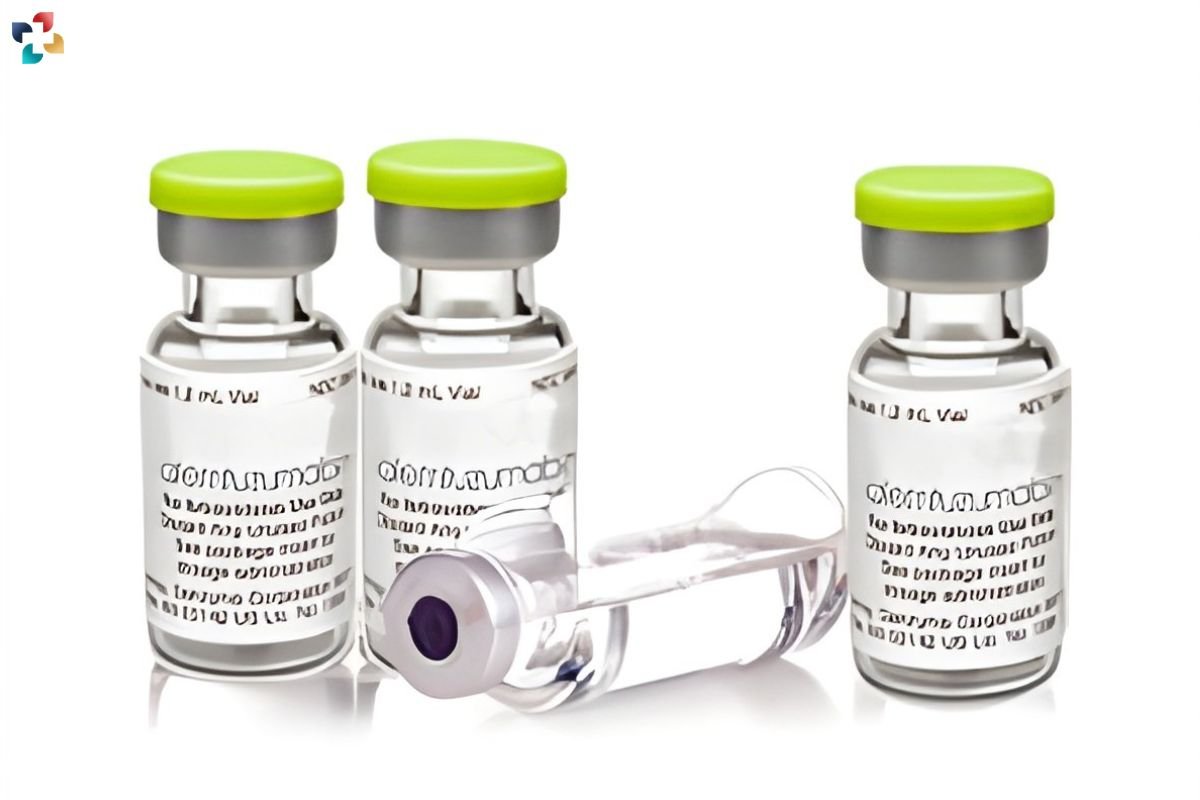Source-Medindia.net
Allogeneic hematopoietic cell transplantation (HCT) is a widely-used curative treatment for individuals with inborn errors of immunity (IEI). This procedure involves the infusion of stem cells from a compatible donor to replace the defective cells in the patient’s body. To minimize drug-related toxicities post-transplant, reduced-toxicity conditioning (RTC) regimens are employed. Alemtuzumab, a humanized anti-CD52 monoclonal antibody, is used in RTC protocols to enhance the acceptance of transplanted stem cells, thereby reducing the risk of graft-versus-host disease (GVHD). While alemtuzumab is commonly used in Western countries, its clinical use in Asian patients with IEIs has been less documented.
In a recent study published on May 22, 2024, in Volume 44 of the Journal of Clinical Immunology, researchers from Tokyo Medical and Dental University (TMDU) aimed to fill this knowledge gap. The research team conducted a retrospective analysis of Asian patients who underwent allogeneic HCT with RTC using alemtuzumab, providing new insights into the drug’s efficacy and limitations within this demographic.
Promising Survival Rates and Complication Management
The study included 19 patients who received their first round of HCT conditioning with alemtuzumab at TMDU or affiliated centers. The donors included HLA-half-matched parents, HLA-matched siblings, and unrelated donors. The patients had various IEIs, such as chronic granulomatous disease, familial hemophagocytic lymphohistiocytosis, leukocyte adhesion deficiency, and X-linked lymphoproliferative syndrome, illustrating the broad applicability of alemtuzumab. Of the 19 patients, 18 survived during a median follow-up period of 18 months, yielding an impressive overall survival rate of 94.7% post-HCT.
Prof. Hirokazu Kanegane, the senior author of the study, emphasized the efficacy of alemtuzumab: “All surviving patients recovered from the symptoms of their original diseases after HCT, including those with life-threatening active hemophagocytic lymphohistiocytosis.”
All patients, except one who passed away, achieved significant levels of neutrophil and platelet engraftment within three months. This means that the stem cells successfully migrated to the recipient’s bone marrow and differentiated into healthy immune cells. However, variations in donor chimerism were noted, with six patients showing less than 80% donor CD3+ T cells in their blood six months to a year post-HCT. This suggests that the replacement of these specific immune cells was less effective.
Addressing GVHD and Viral Infections
GVHD, a common complication of allogeneic HCT, was observed in acute form in eight patients and chronic form in five. Fortunately, none of the acute GVHD cases reached the most severe levels, and only two of the chronic GVHD patients required additional immunosuppressive therapy. However, viral infections were a notable concern, with 11 patients experiencing viral infections, and six of them developing symptomatic infections. This frequency was higher compared to patients who did not receive alemtuzumab.
Overall, the researchers concluded that RTC with alemtuzumab was both safe and effective for patients with IEIs. However, they noted the need for further investigation to optimize treatment and management protocols.
Lead author Dr. Satoshi Miyamoto highlighted the importance of monitoring: “We need to carefully address the development of frequent viral infections and unstable levels of donor T-cell chimerism, emphasizing the importance of monitoring viral status and T-cell-specific chimerism in patients with IEIs treated with HCT using alemtuzumab. Moreover, the optimal dose of alemtuzumab should be further investigated in future prospective studies.”
This study lays the groundwork for improved and more reliable conditioning protocols involving alemtuzumab for patients with congenital immune disorders, potentially leading to better patient outcomes in the future.







